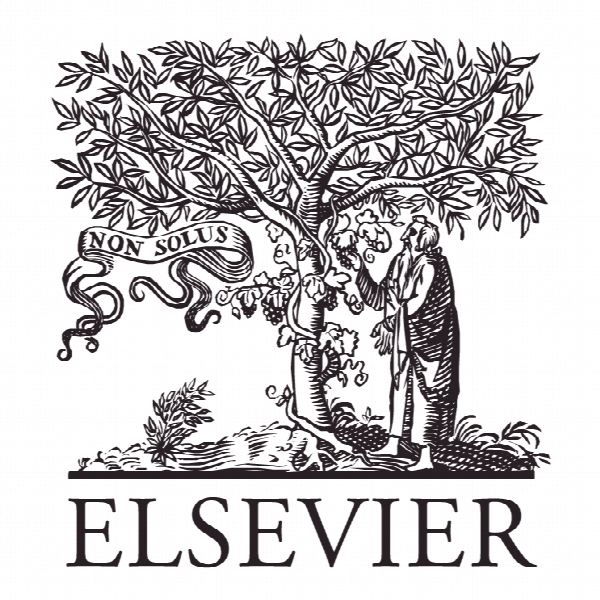آینده گذشته، حال و آینده بالقوه تحقیقات تنوع تیم: از تنوع ترکیب تا تنوع ظهور Past, present, and potential future of team diversity research: From compositional diversity to emergent diversity
- نوع فایل : کتاب
- زبان : انگلیسی
- ناشر : Elsevier
- چاپ و سال / کشور: 2017
توضیحات
رشته های مرتبط مدیریت
مجله رفتارهای سازمانی و فرایندهای تصمیم گیری انسانی – Organizational Behavior and Human Decision Processes
دانشگاه اراسموس روتردام، هلند
نشریه نشریه الزویر
مجله رفتارهای سازمانی و فرایندهای تصمیم گیری انسانی – Organizational Behavior and Human Decision Processes
دانشگاه اراسموس روتردام، هلند
نشریه نشریه الزویر
Description
1. Introduction Two interrelated trends have unalterably changed organizational work over the past fifty years. On the one hand, work is increasingly organized in team-based structures, taking advantage of the increased potential of teams to leverage synergies and address complex and dynamic tasks and challenges (Ilgen, Hollenbeck, Johnson, & Jundt, 2005; Mathieu, Hollenbeck, van Knippenberg, & Ilgen, in press). On the other hand, demographic changes in the workforce, employee mobility, and growing specialization are rendering societies and organizations more and more heterogeneous (Jackson & Joshi, 2011; Mor Barak & Travis, 2013). These two trends are interrelated insofar as many of the benefits associated with team-based work – the ability to mobilize a greater range of informational resources in pursuit of synergistic benefits to decision making, problem solving, flexibility, creativity, and innovation – in fact call for teams whose members bring diverse knowledge, expertise, information, and perspectives to the table. Thus, team diversity – whether by design or as a consequence of societal change – increasingly is a reality of organizational life. These developments make an understanding of the effects of team diversity on team performance more relevant than ever before. To assess where we stand in our understanding of team diversity effects, we provide a review in broad strokes of research on team diversity effects on team process and performance. We do this both with an eye on the historical development of the field and with an eye on the future development of the field. Space constraints make an exhaustive review not feasible, but we can anchor our review on three earlier reviews that build upon each other and allow us to paint a picture of the historic development of team diversity research. The first of these reviews is the seminal review by Williams and O’Reilly (1998) that captured the first 40 years of diversity research in organizational behavior. This review forms something of a watershed in that the work they reviewed was largely characterized by main effect approaches yielding inconsistent results, whereas work after their review increasingly engaged with moderation and mediation in team diversity effects on team performance. The second of the three reviews is van Knippenberg and Schippers’ (2007) review that was explicitly pitched to follow up on the Williams and O’Reilly review. This review put a premium on the study of moderation in the team diversity-team performance relationship – a conclusion confirmed by the most comprehensive meta-analysis of the diversity-performance relationship to te (van Dijk, van Engen, & van Knippenberg, 2012). The third review by Guillaume, Dawson, Otaye-Ebede, Woods, and West (2015) arguably is the successor of the van Knippenberg and Schippers review. These authors framed their review around van Knippenberg and Schippers’ earlier call for a focus on moderation and prioritized moderation evidence in their review of the field. It is also the most recent review of the diversity field at the time of writing. This set-up allows us to present a representative picture of well over 50 years of research on team diversity and team performance culminating in what we propose are two important but so far underrepresented conclusions. First, team diversity research in practice is the study of what we might call trait diversity – diversity in stable characteristics such as demographic background, functional or educational background, or personality. It has drawn little on research on what might be called state diversity – differences in more malleable attributes such as decision preferences (Davis, 1973), task-relevant information (Stasser & Titus, 1985), or moods (George, 1996). Variation in such attributes can be treated as a composition variable in that such attributes are defined independently from the team and differences are typically present at the onset of the teamwork. Yet, such attributes are malleable in the sense that they cannot be assumed to stay the same during team interaction. Whereas the streams of research that speak to how such state diversity influences team process and performance are not typically linked to trait diversity research, they hold valuable lessons from which the latter can benefit. Seeing trait diversity as precursor to state diversity is a reasonable jumping off point to integrate insights from the two research traditions into more sophisticated models of team process and performance.


